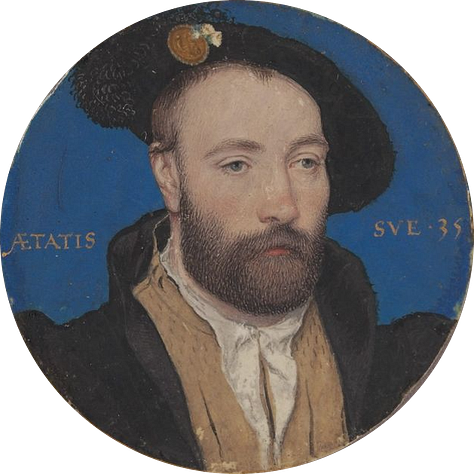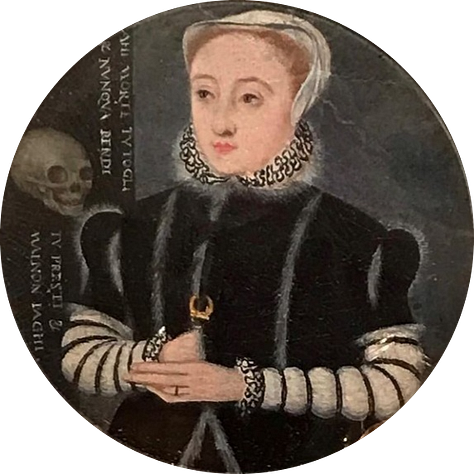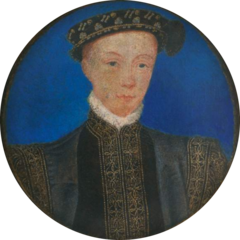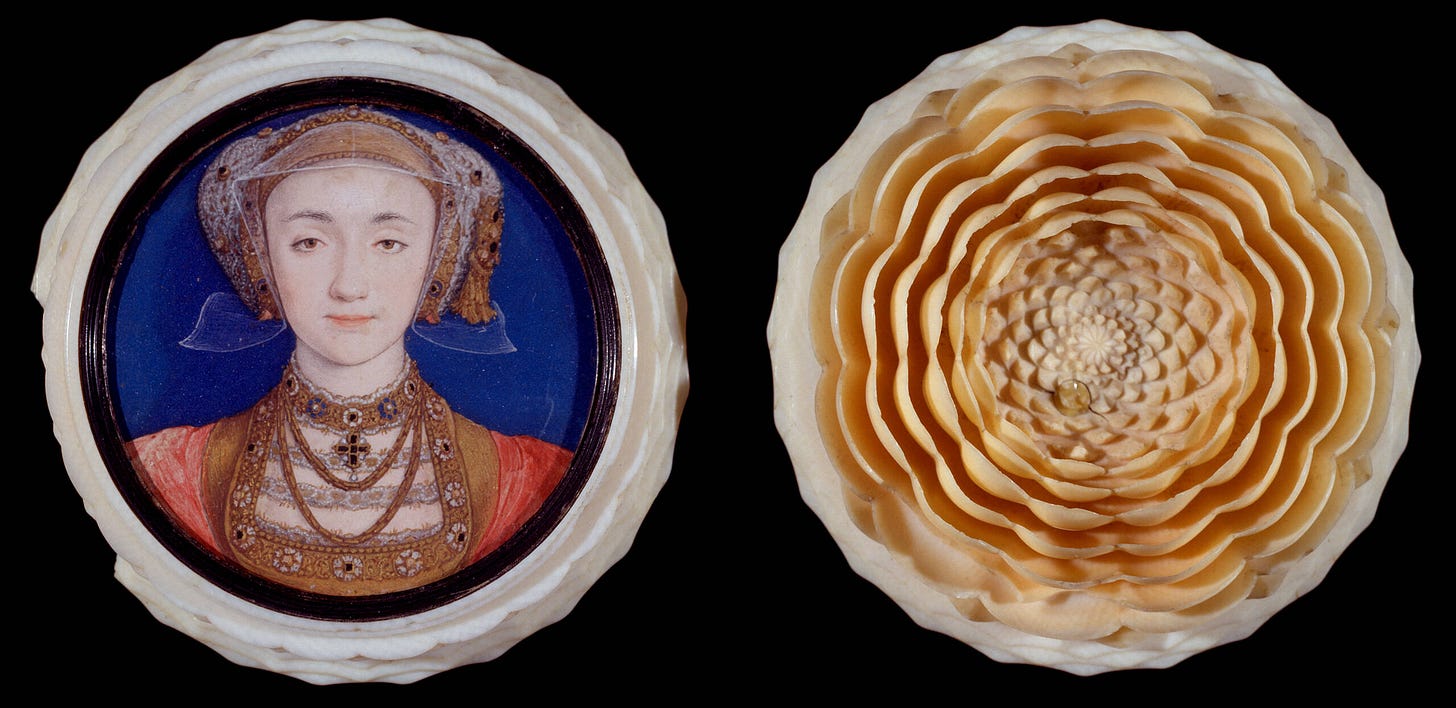A Royal Paintrix On Crushes and Miniatures
Artist Levina Teerlinc survived King Henry VIII, too
Not gonna lie—I love me some royal gossip. It makes no logical sense but I just find it fascinating that these families and traditions still exist.
I woke up at an ungodly hour for every royal wedding and will never forget where I was when I heard Princess Diana died. When I lived in Spain, I watched Felipe introduce Letizia to the Spanish people and remember it being very emotional in a way that seemed completely unhealthy. The elderly woman I boarded with was devastated (and no, this is not hyperbole). She wailed at the tv “a divorced commoner?!.”
In the late 90s, I sat in my parent’s study/dad’s office and looked through old photo albums. This was not an uncommon occurrence, btw. I started memorizing faces and family trees and at some point found an album FULL of Grace Kelly paraphernalia: photos, news clippings, you name it.
My dears, this fascination is genetic because turns out that MY OWN MOTHER was similarly in awe. She fixated on Monaco and I lean towards England but the fascination runs deep.
Which brings me to this week’s CHAINMAIL. It’s a bit out of the norm because sadly I cannot interview my subject.
She has been dead for approximately 448 years.
Levina Teerlinc was born in 1510 and came from a family of Flemish artists. She studied in Rome and was widely admired at a time when women were not supposed to be doing anything but have babies. Eventually, Teerlinc served a succession of Tudor monarchs, as both “an artist and a gentlewoman of the Privy Chamber,” having been recruited to the court of Henry VIII by one of the only wives who survived, Katherine Parr. Teerlinc was paid quite well for the time, 40 pounds a year.

Teerlinc was a miniaturist which means she painted small portraits on even smaller canvases, meant to be worn inside a pendant or kept in a pocket. Elizabethans didn’t call them “miniature portraits” but referred to them as ‘limnings’ or ‘pictures in little.” I prefer the latter….kinda cute.
Think of them as 16th century teen mags or movie posters with the purpose of creating serious longing and passion. Anecdotes from the era confirm the heartthrob theory. In an article about Elizabethan miniatures in Apollo Art Magazine, Christina J. Faraday writes:
In his Autobiography, the courtier and philosopher Lord Edward Herbert of Cherbury recounts how, walking one day through Lady Ayres’ bedchamber, he discovered her lying on her bed, gazing at a miniature. When she tried to hide it from him, he insisted on seeing it, only to discover that ‘it was my Picture she looked upon with more earnestness and Passion than I could have easily believed.
Could we also think of them as open lockets? Here is another description from the UK National Portrait Gallery:
In addition to exhibiting the exquisite technique of the artists, portrait miniatures express in a unique way many of the most distinctive and fascinating aspects of court life in this period: ostentatious secrecy, games of courtly love, arcane symbolism, a love of intricacy and decoration. Bedecked in elaborate lace, encrusted in jewellery and sprinkled with flowers, court ladies smile enigmatically at the viewer; their male counterparts rest on grassy banks or lean against trees, sighing over thwarted love, or more modestly express their hopes in Latin epigrams inscribed around their heads. Often set in richly enamelled and jewelled gold lockets, or beautifully turned ivory or ebony boxes, such miniatures could be concealed or revealed, exchanged or kept, as part of elaborate processes of friendship, love, patronage and diplomacy at the courts of Elizabeth I and James I/VI.
Teerlinc’s miniatures captured the Royal family with detail and care.

I love the golden color on this portrait but have to admit that Teerlinc’s miniature of Lady Katherine Grey (see below) looks a lot like Queen E. Thoughts?

Maybe Grey sat for Elizabeth’s portrait because the Queen had an empire to run? We’ll never know but we can assume that Levina Teerlinc was pretty busy herself. I’m including just a sample of her miniatures below.






Depending on the artist, limnings could be quite aspirational. One of the trickiest examples is Hans Holbeins’ painting of Anne of Cleves

Henry VIII chose her as his fourth wife based on this image. When she showed up IRL, he wasn’t happy. This confrontation is imagined in ‘Haus of Holbein,’ one of the best songs from SIX the musical.
The Elizabethan miniature evolved into the 18th century “locket," the English language variation of “medallion.” No matter what you call it, these ‘pictures in little’ were small but mighty.
They captured not only a face, but a feeling.

The painting could be there while the person could not.
Take Care of Your Hearts



